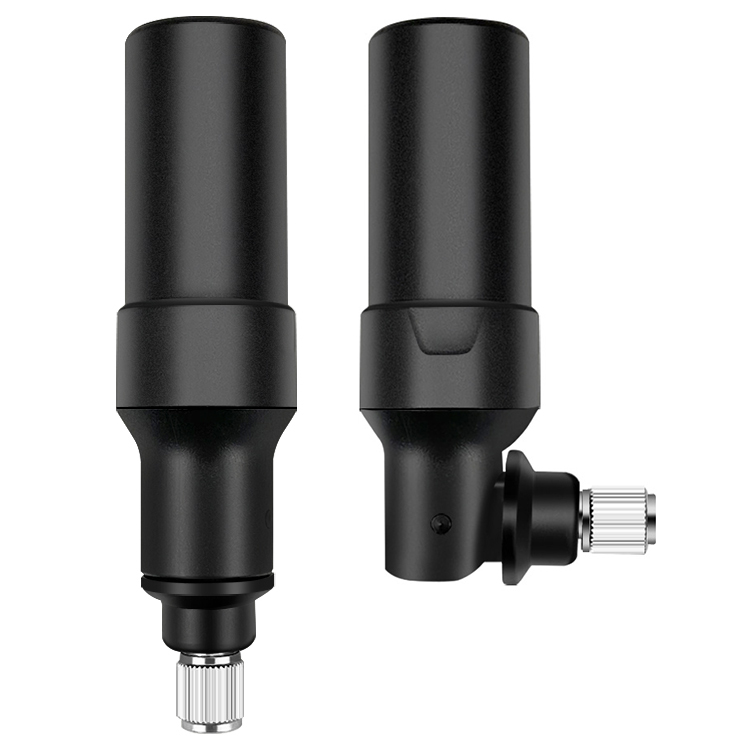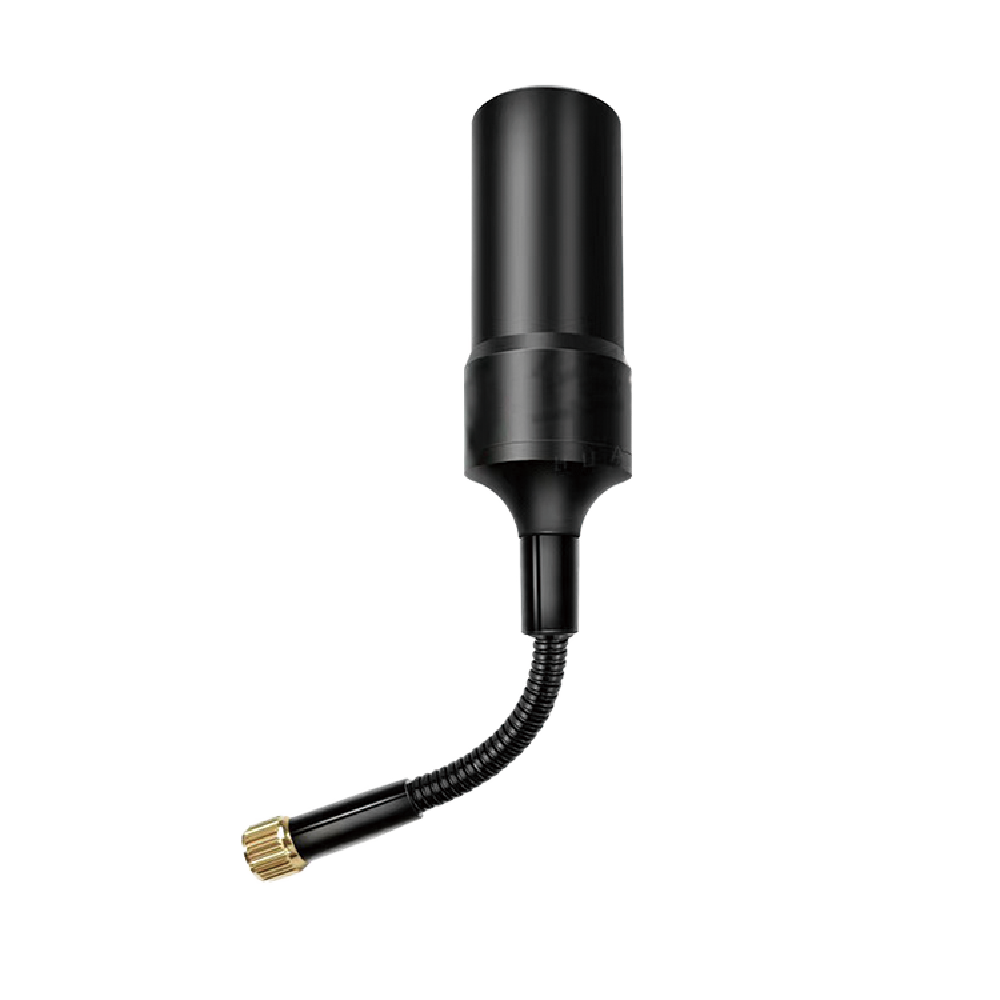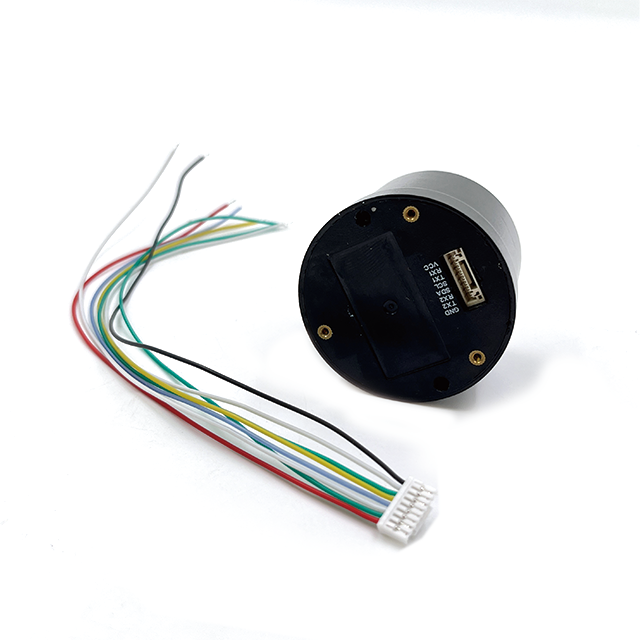Applications
Surveying and Mapping: Multi-constellation GNSS RTK helical antennas are widely used in land surveying and mapping applications, enabling surveyors to collect accurate and reliable positioning data in various terrains and weather conditions.
Construction and Engineering: In construction and engineering, these antennas are used for site layout, monitoring, and inspection, ensuring that structures are built according to design specifications and safety standards.
Agriculture: Precision agriculture relies on GNSS technology for tasks such as crop monitoring, yield estimation, and autonomous machinery guidance. Multi-constellation GNSS RTK helical antennas provide the high precision required for these applications, improving crop yields and reducing input costs.
Transportation and Logistics: The transportation and logistics industry uses GNSS technology for vehicle tracking, fleet management, and autonomous navigation. Multi-constellation GNSS RTK helical antennas enhance the reliability and accuracy of these systems, improving operational efficiency and safety.
Unmanned Aerial Vehicles (UAVs): UAVs rely on GNSS technology for navigation, positioning, and mapping. Multi-constellation GNSS RTK helical antennas provide the high precision and reliability required for UAV operations, enabling them to perform complex tasks such as aerial surveying, inspection, and delivery.
Future Trends
Miniaturization: Advances in materials science and manufacturing processes will enable the development of even smaller and lighter multi-constellation GNSS RTK helical antennas, expanding their use in portable and wearable devices.
Integration with Other Sensors: The integration of GNSS antennas with other sensors, such as inertial measurement units (IMUs), cameras, and LiDAR, will enhance the situational awareness and data collection capabilities of surveying and navigation systems, enabling fully autonomous operations.
Advanced Signal Processing: The development of advanced signal processing techniques, such as machine learning and deep learning, will improve the antenna's ability to filter out noise and interference, enhancing SNR and achieving higher positioning accuracy in challenging environments.
Multi-Frequency Support: Future antennas will support an even wider range of GNSS frequencies, including new signals and modernized signals from existing constellations, providing global coverage and improving redundancy and reliability.
Low-Power Design: With the growing demand for battery-powered devices, future antennas will be designed to operate at lower power levels, extending battery life and reducing energy consumption.
Conclusion
Multi-constellation GNSS RTK helical antennas represent a significant advancement in GNSS technology, combining the benefits of helical antenna geometry with support for multiple GNSS constellations. These antennas offer high precision, omnidirectional coverage, robustness, and circular polarization, making them ideal for a wide range of applications, from surveying and construction to agriculture and transportation. Despite the challenges associated with their complexity, signal interference, integration, regulatory compliance, and size constraints, ongoing advancements in materials science, manufacturing processes, and signal processing techniques are driving the evolution of these antennas towards even more capable and accessible solutions. As GNSS technology continues to advance, multi-constellation GNSS RTK helical antennas will remain at the forefront of innovation, enabling users to navigate the world with unprecedented precision and reliability.




































































 Language
Language
 En
En Cn
Cn Korean
Korean

 Home >
Home > 








 18665803017 (Macro)
18665803017 (Macro)













